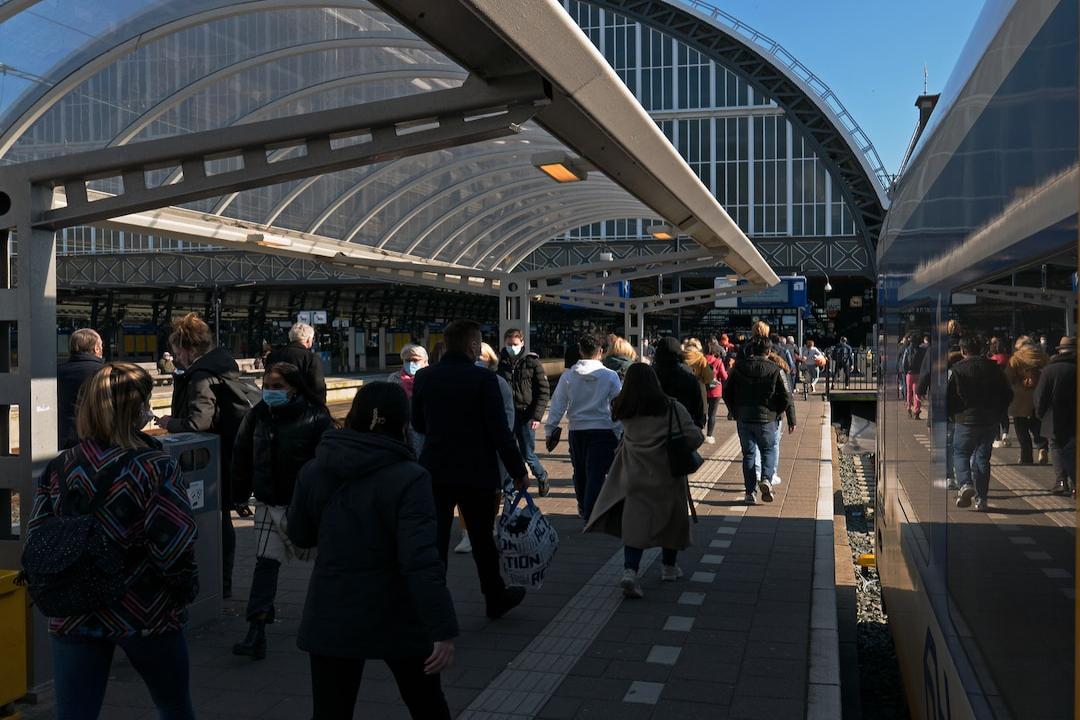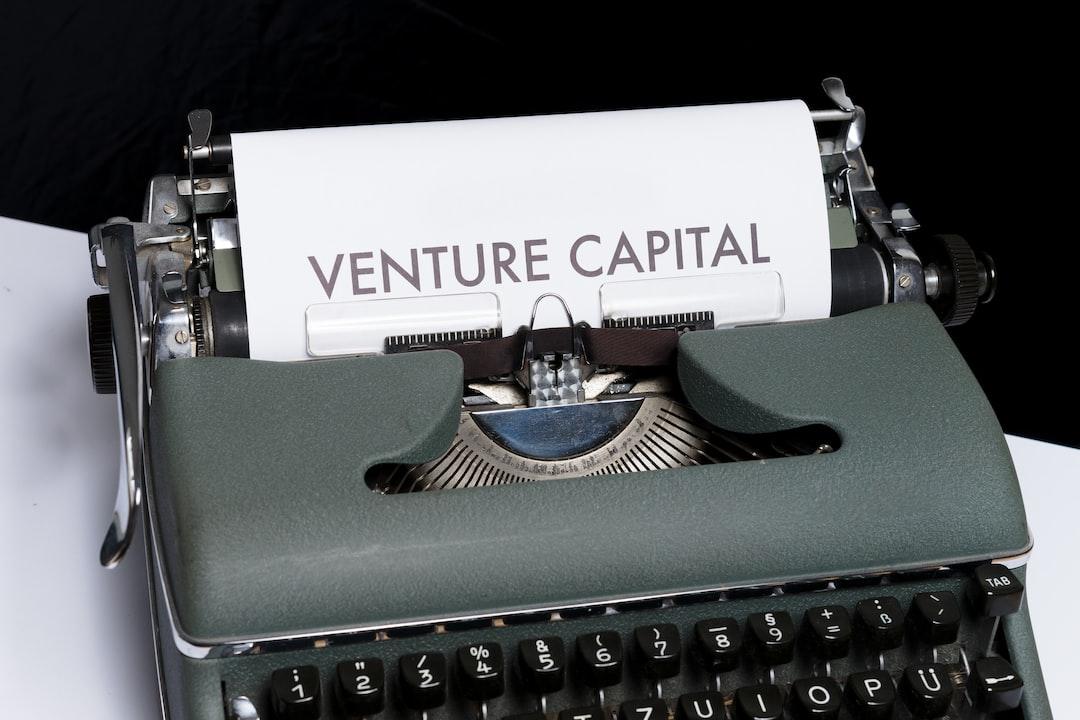Updated on January 31, 2023: Successful Upgrade of Dencun on the Second Testnet
On January 30th, the Ethereum Dencun upgrade officially went live on the Sepolia testnet. Before the upgrade, it had to go through three testnets to simulate the operation and replicate the main blockchain. This allowed developers to make adjustments to the protocol or decentralized applications in a relatively low-risk environment. Sepolia was the second testnet in this process.
The final test upgrade will take place on February 7th on the Ethereum testnet, Holesky. Once all three testnets have been successfully completed, developers will determine the official launch date for the Dencun upgrade on the main blockchain.
Original article from January 26, 2024:
Get Ready for the Ethereum Dencun Upgrade! Important Schedule Revealed
Just like the iPhone, Ethereum regularly updates and upgrades its versions. After the Ethereum “Shanghai Upgrade,” the next major upgrade, called “Dencun Upgrade” (a combination of Cancun and Deneb), is expected to enhance the network’s scalability, security, and usability. This has generated significant anticipation among the community users.
Before the Ethereum mainnet is officially updated, the final crucial step is to test the protocol changes on the Sepolia and Holesky testnets. The developers plan to conduct tests on the Sepolia and Holesky testnets on January 30th and February 7th, respectively. This means that the Dencun upgrade should be officially launched on the mainnet before March.
The so-called testnets are used to simulate the Ethereum mainnet network. The cryptocurrencies on these public testnets have no real value, but they provide a testing environment for contract and protocol changes without affecting the Ethereum mainnet or Ether. Therefore, these testnets serve as excellent testing environments for application developers and significant changes to the Ethereum protocol.
Why is the Dencun upgrade important?
Ether is currently the second-largest cryptocurrency by market value, and the Ethereum blockchain boasts a rich and powerful ecosystem. However, the high volume of transactions and functionalities have congested the Ethereum blockchain like a highway during the Chinese New Year holiday.
To solve the problems of high transaction fees and slow speeds, Layer2 scaling solutions act as “expressways” to alleviate congestion. Market intelligence company Messari stated in a report that Layer2 solutions are where most Ethereum activities occur. They run parallel to the mainnet, enabling transactions to be conducted rapidly on the Ethereum blockchain.
The Dencun upgrade is a significant upgrade for the Ethereum blockchain, reducing transaction costs and improving efficiency for Layer2 blockchains like Optimism. This will greatly enhance Ethereum’s competitiveness on Layer2.

The Ethereum proposal EIP-4844 allows the Ethereum network to process over 100,000 transactions per second with relatively low transaction fees.
Noteworthy proposal: EIP-4844
One noteworthy proposal, EIP-4844, enables the Ethereum network to process over 100,000 transactions per second with relatively low transaction fees, rivaling Solana, also known as the “Ethereum killer,” which can handle 50,000-65,000 transactions per second.
It is evident that after the successful upgrade, Ethereum’s most significant pain point will be resolved.
Last week, the Ethereum development team conducted upgrade tests on the Goerli testnet, and despite encountering some minor issues, it successfully went live on the testnet.
If everything goes according to plan and Dencun successfully passes the tests on the Sepolia and Holesky testnets, developers will determine the date for Dencun’s launch on the Ethereum mainnet, with the current target set for the end of February or early March.
References:
– CoinDesk
– Decrypt
Proofread and edited by: Gao Jingyuan

